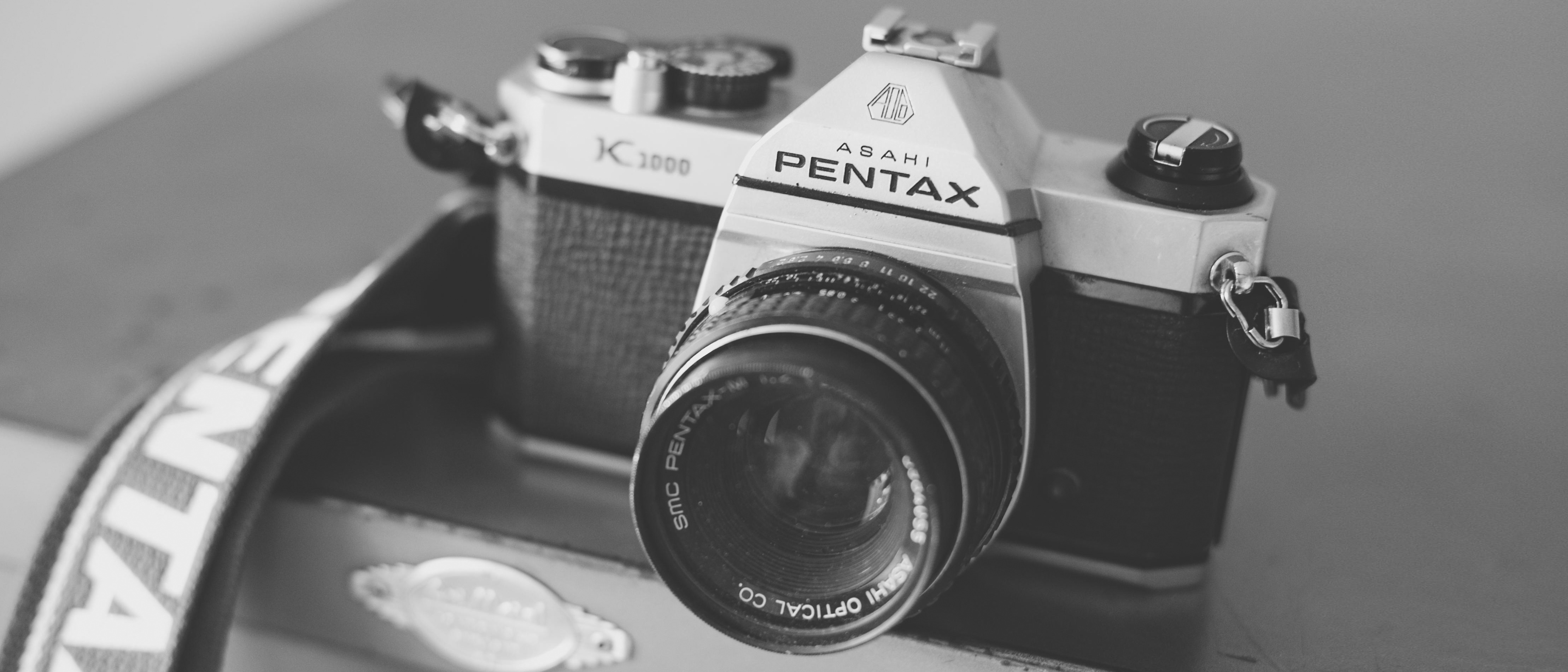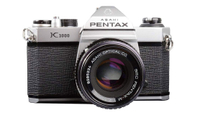Digital Camera World Verdict
Selling over 3 million examples in almost 20 years of manufacture, the Pentax K1000 was a huge photographic success story. It’s simple controls, solid build and affordable price tag made it the perfect choice for those looking to get started in photography.
Pros
- +
Simple to use
- +
Mechanical shutter
- +
Excellent range of lenses
- +
Keenly priced
Cons
- -
Build quality varies
- -
Basic features
Why you can trust Digital Camera World
The Pentax K1000 35mm SLR was launched 1976, the same year that saw Canon release the groundbreaking AE-1. While the Canon AE-1 bought an array of technical advances, the K1000 was very much a fully mechanical SLR.
Incredibly it was still in production in 1997, though was now being made in China as opposed to Japan (while it was also made in Hong Kong for a time as well). Over its lifetime Pentax managed to shift millions of K1000s, and while its fair to say it didn’t have any standout features, it’s popularity can be attributed to the fact that it was simple and easy to use, affordable and there was a wide range of lenses readily available for it.
Pentax K1000: Specifications
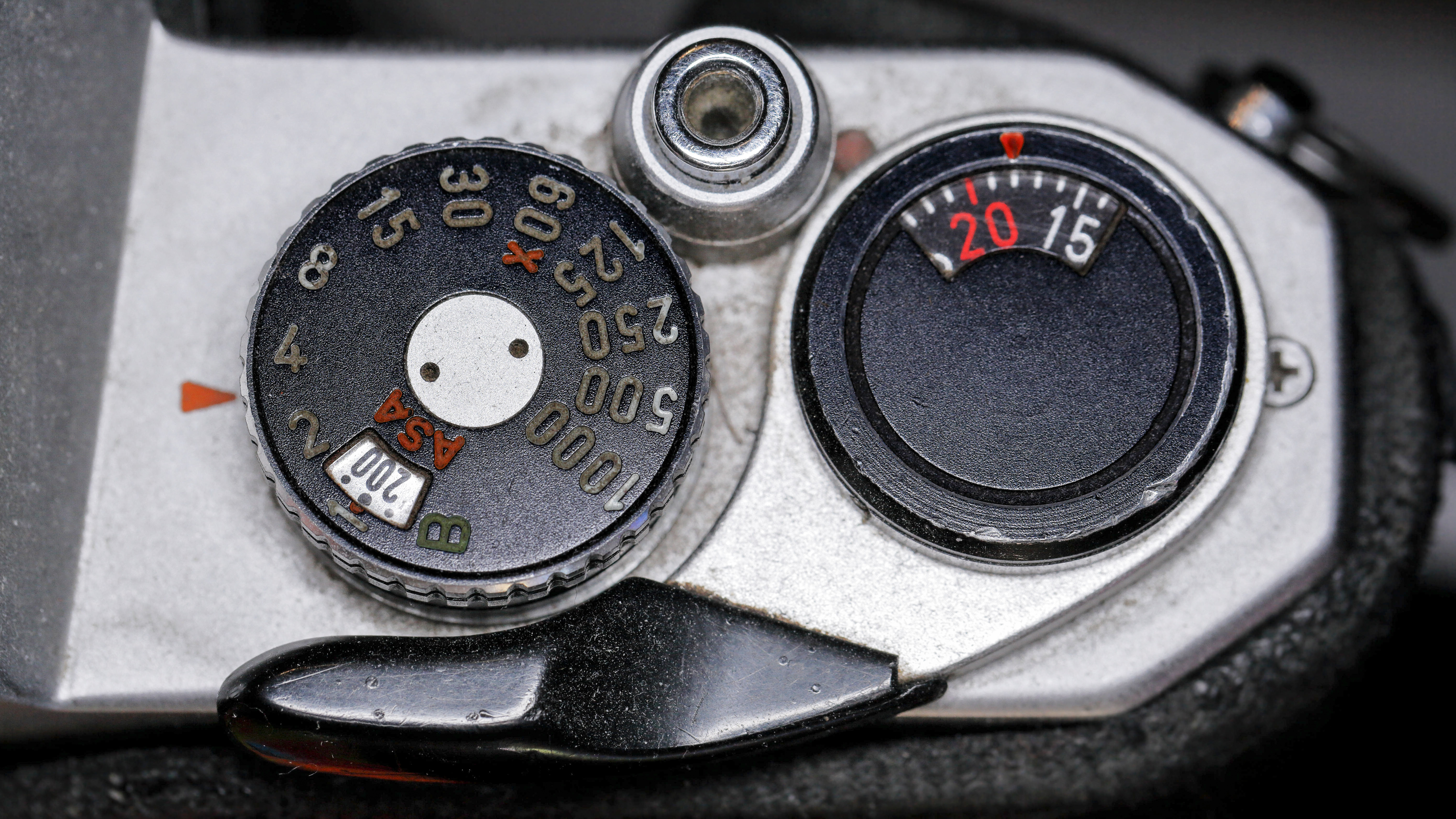
Camera type: 35mm film SLR
Lens mount: Pentax K
Exposure control: Manual
Shutter speeds: Mechanical 1/1000 sec to 1 second, plus bulb
Exposure metering: Center-weighted
Battery: 2x 1.55V SR44 / 1.5V LR44 batteries
Dimensions: 143x 91 x 48mm
Weight: 620g
Pentax kept things simple with the K1000, with it featuring a completely mechanical shutter mechanism. This meant that you could happily fire the shutter without any batteries (just like the Nikon FM2 that was released in 1982), with the K1000 only requiring a couple of SR or LR44 batteries to power the metering system. Speaking of metering, the K1000 uses a full-scene averaging method to obtain an exposure. It’s worth noting though that the K1000’s meter does not automatically switch off - to avoid draining the battery unnecessarily, you’ll need to pop the lens cap back on first.
The maximum shutter speed possible was a pretty unremarkable 1/1000 second, while the flash sync was rated at a modest 1/60 second, while there’s a PC sync socket as well.
The Pentax K1000 features the company’s now long established K mount, which means owners have access to a large catalogue of lenses. Even some of Pentax’s newer autofocus lenses will attach to the K1000 and can be used happily in manual focus, though Pentax’s latest lenses that lack an aperture ring won’t offer any exposure control.
Pentax K1000: Design and operation
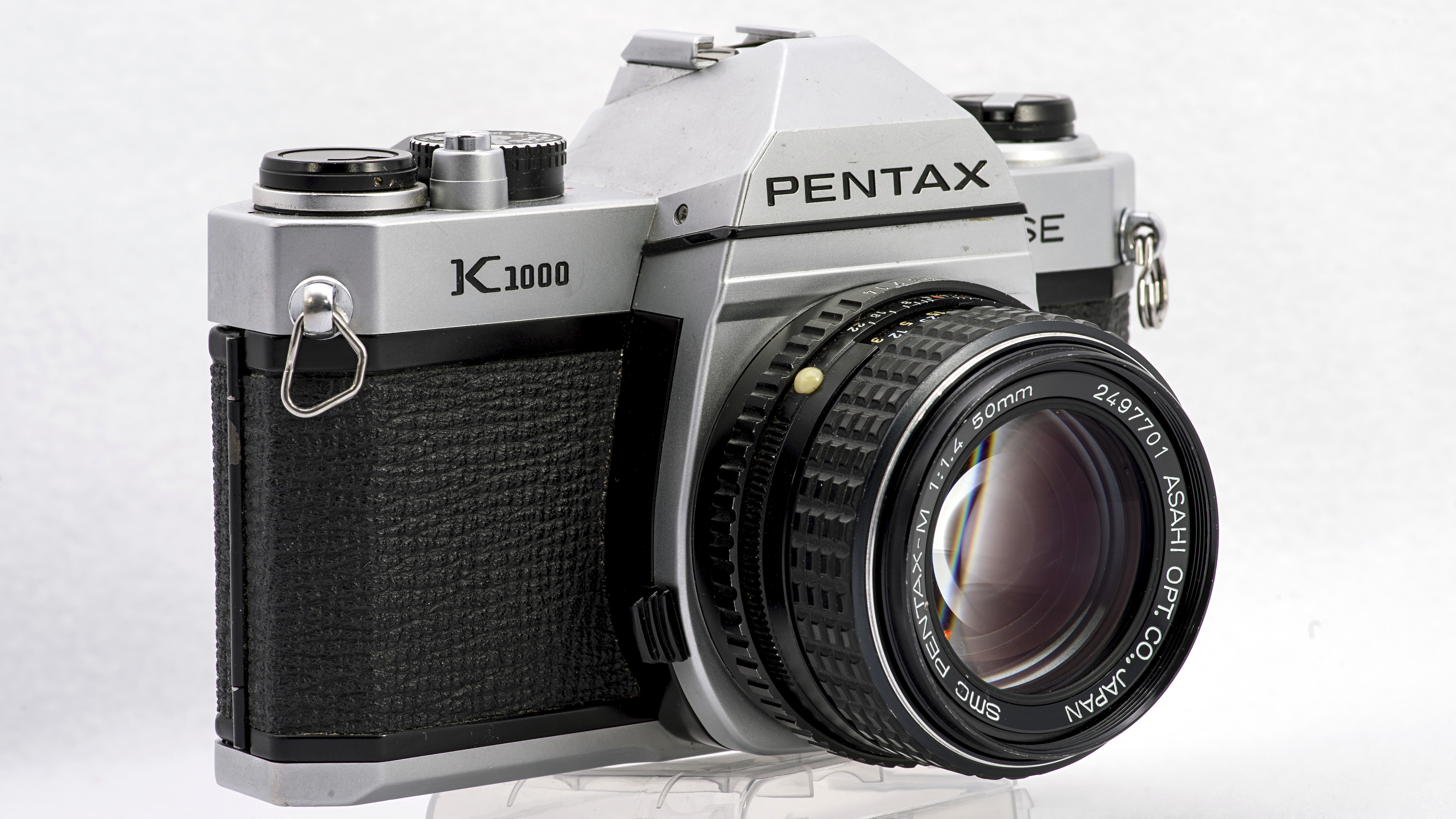
The Pentax K1000 started off with satin-chromed brass top and bottom plates and an aluminum and steel film rewind assembly, but the quality of materials changed throughout the camera’s life and by the end when it was being made in China, there were significantly more plastic parts being used. This saw the overall weight drop from 620g to 525g in its lifetime.
As you can imagine, the original Japanese-made models are the sturdier and more sought after cameras. A good trick to determine if you’re looking at an earlier model is if the ‘Asahi’ branding is present on the pentaprism - something that disappeared as the production moved away from Japan.
With such a limited set of features, the K1000 is nice and straightforward to use, though its fully manual exposure mode will be a bit of a shock to those coming from cameras that automate everything. Focusing is via a microprism spot in the centre of the viewfinder that’s not the easiest to get on with, though the Pentax K1000 SE (and upgraded model) featured a split-image in the center.
Pentax K1000: Should you buy one?
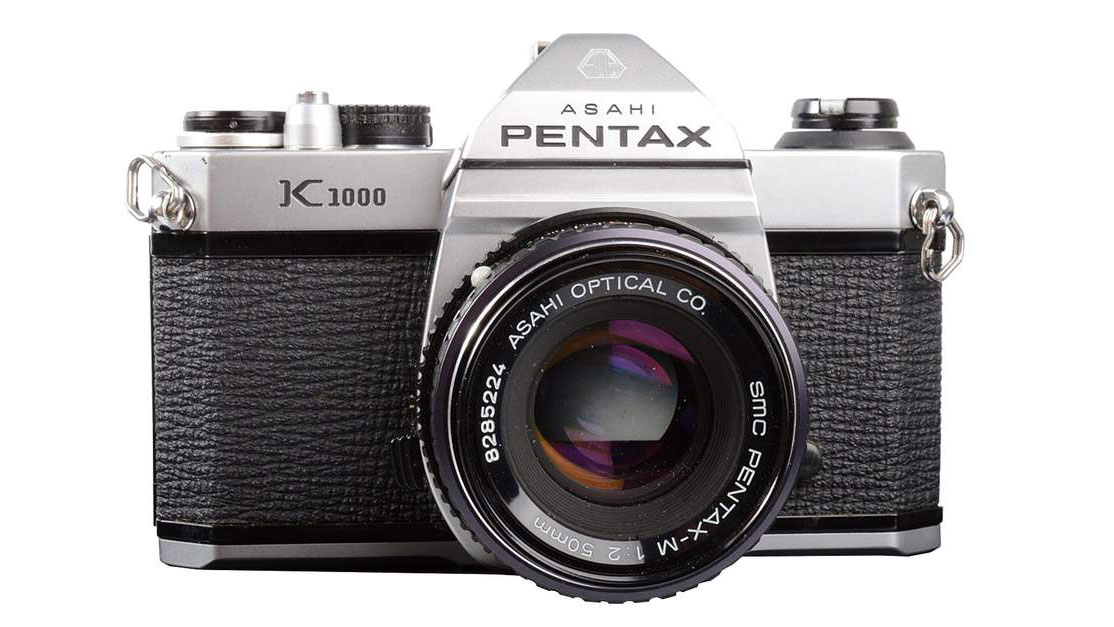
How much you send on a Pentax K1000 depends on what generation of K1000 you’re after, but the more desirable earlier versions will set you back getting on for $200 with a 50mm f/2 prime lens.
It might lack some of the more sophisticated features that other cameras at the time enjoyed, but it was this stripped back and simplified approach that helped make it the success it was. An SLR that was perfect for beginners, the K1000 was responsible for millions of photographers learning the basics, and for that it should be applauded.
Find the Pentax K1000 on eBAY
An K1000 in nice condition with a 50mm f/2 should set you back more around $150 – but you can find more battered bodies from around $80.
Find the Pentax K1000 on eBAY.co.uk
A Pentax K1000 in immaculate condition with a 50mm f/2 will cost around £170, but you can find examples for around £80. Just be mindful that there can be issues that the seller may not even know about.
Read more:
• Best film cameras
• Best film
• Best darkroom equipment
• Best film scanners
• Best Lomography cameras
• Best student camera for studying photography
Phil is the Managing Editor of Top Ten Reviews, and is a former Editor of Techradar's camera channel. He is an accomplished photographer, and specializes in shooting cycling and fast cars.
